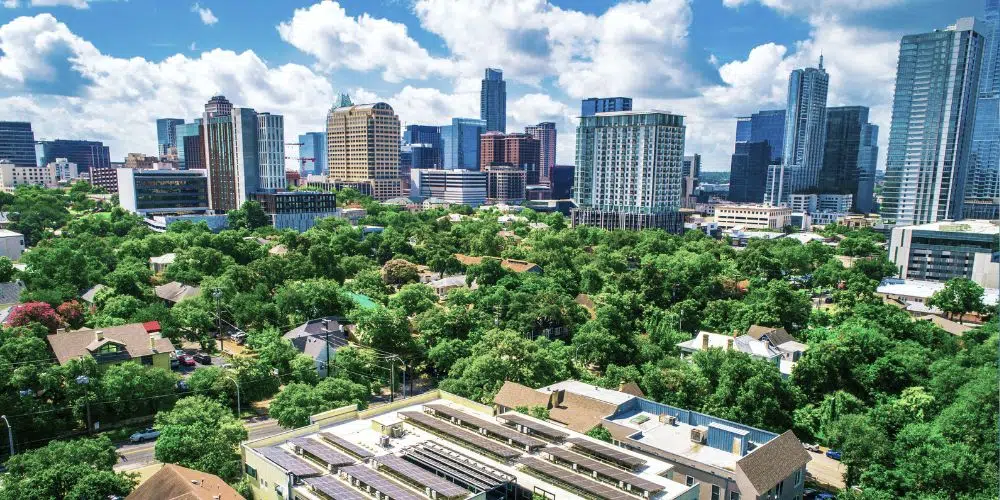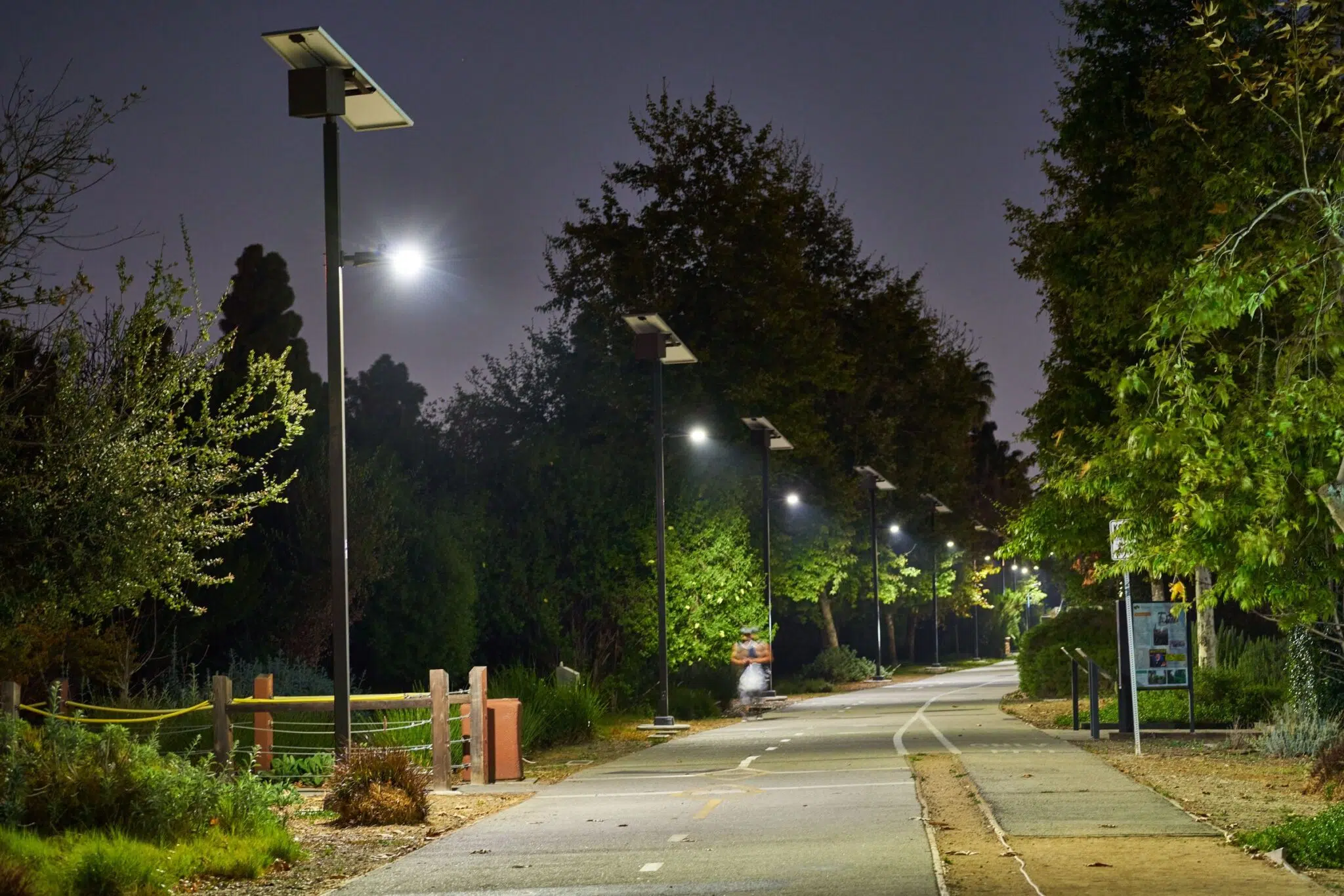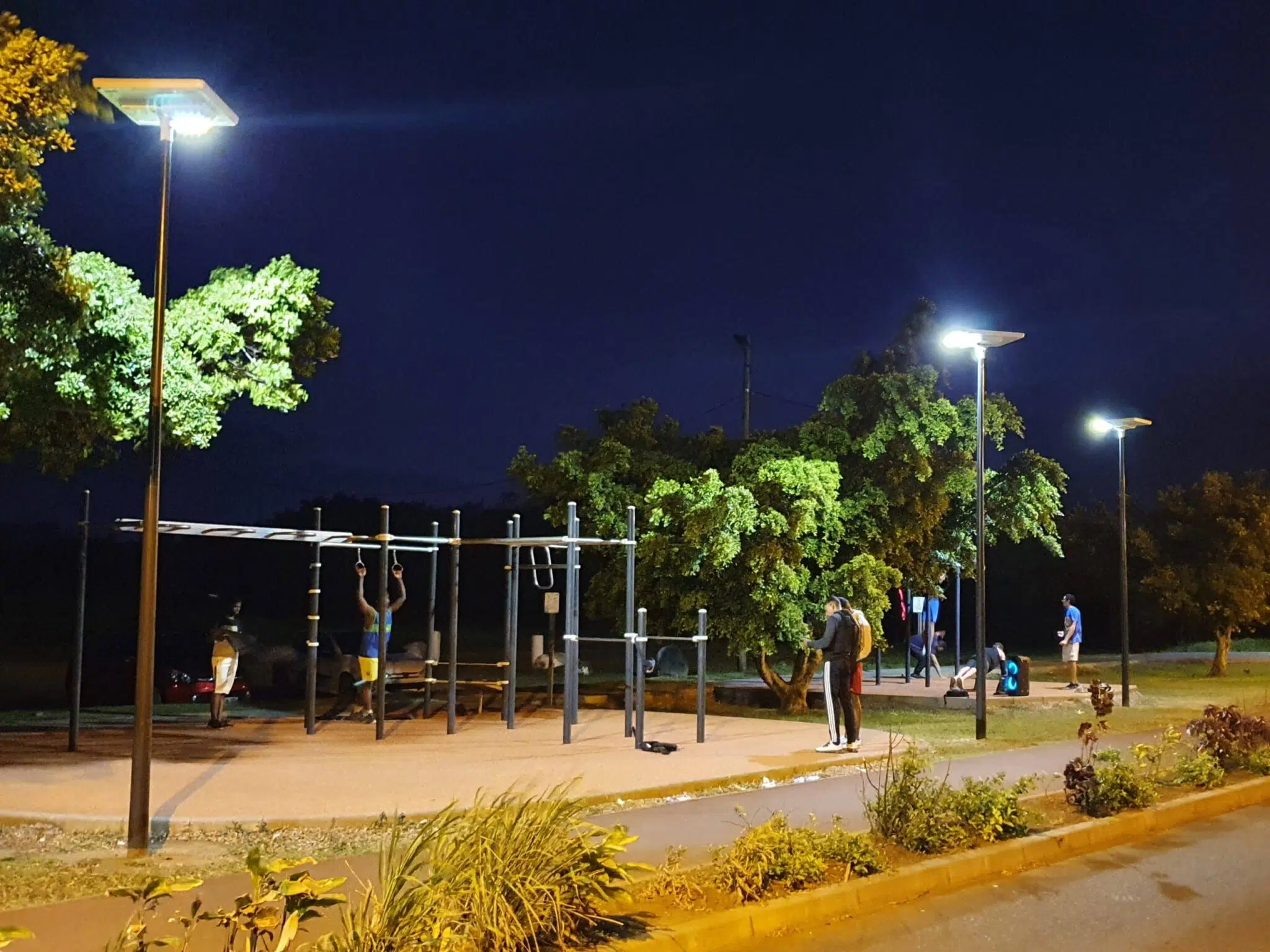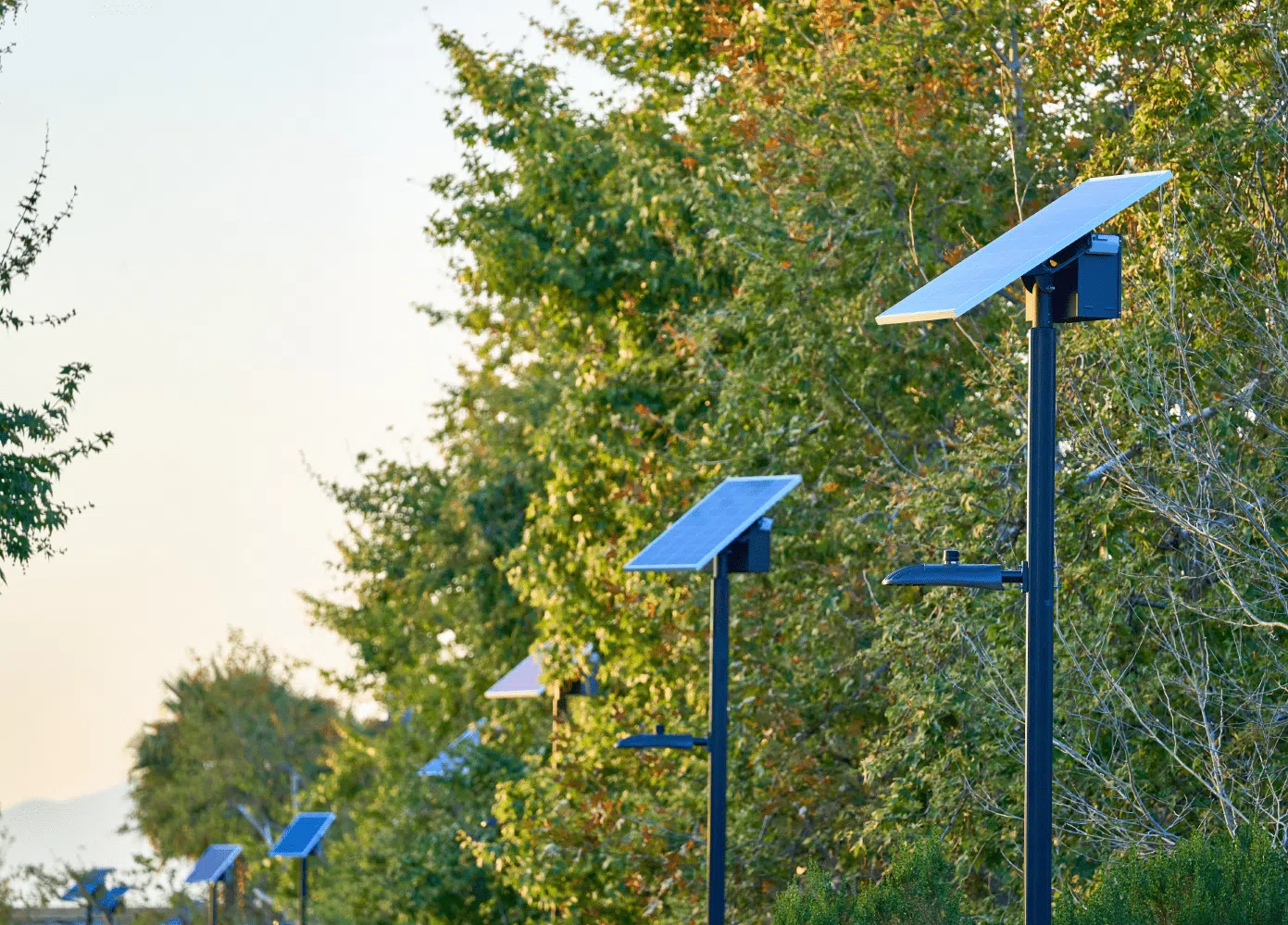Â
Â
Multiple studies show that the planet is facing serious environmental challenges. Glaciers are melting, sea levels are rising, and extreme weather events are becoming more frequent and intense. We're still far from keeping global warming below 1.5°C.
Â
It might feel overwhelming, but there are real solutions—many of which go beyond individual actions like bringing a reusable bag. Cities, home to over half the world's population and responsible for 70% of greenhouse gas emissions, have a huge role in fighting climate change.
Â
Many cities are already stepping up. From New York to San Diego, municipalities are setting bold goals to cut their carbon footprint and build a greener future. While the task is massive, much of it comes down to shifting away from fossil fuels and embracing renewable energy—like solar power, including for street lighting.
Â
In this article, we’ll look at how solar lights can help cities reduce emissions, boost resilience, and promote clean energy across communities.
Â
Â
Save Energy and Reduce Emissions
Â
Street and area lighting is one of the biggest energy consumers under city control. According to The Climate Group, it accounts for 20–40% of municipal electricity use. Since most of this power comes from fossil fuels, reducing consumption is essential.
Â
Switching to LEDs is a step forward, as they use up to 70% less energy than traditional bulbs. But even with such savings, they still rely on grid electricity, which often comes from non-renewable sources.
Â
Solar lights, however, run entirely on clean, renewable energy. They capture sunlight during the day and store it in batteries for nighttime use. These systems operate independently, reducing strain on the grid and helping to prevent blackouts.
Â
Â
Invest in Sustainability
Â
Going solar means cutting out reliance on non-renewable energy—and that’s a big win. Solar lighting also saves money. Municipalities no longer pay high utility bills, and they avoid the risk of rising electricity prices.
Â
Solar lights are low maintenance and long-lasting. Unlike traditional lamps that need frequent replacement, solar systems like Sol’s can last a decade or more. High-quality batteries typically last 5–10 years, while solar panels have a lifespan of 20–30 years.
Â
Over time, these savings add up. This makes solar lighting not just an investment, but a way to fund other green projects—like public transit, pedestrian paths, and green spaces.
Â
Â
Encourage Renewable Adoption
Â
People are influenced by what they see in their communities. Even if they know about solar power, seeing it in action helps drive adoption. Studies show that when governments, businesses, or schools install solar, it encourages others to follow suit.
Â
Research indicates that each non-residential solar installation in a neighborhood can lead to one to four additional installations. By choosing solar lighting, cities not only benefit directly but also raise awareness and inspire broader renewable energy use.
Â
Cities are both major contributors to climate change and key players in the solution. By investing in sustainable infrastructure like solar lighting, using the savings to fund other green initiatives, and encouraging community participation, municipalities can lead the way toward a cleaner, healthier future.
Forming Machine,Roll Forming Machine,Special Shape Profiles Forming Machine,Shutters Box Forming Machines
WUXI LONGBO ROLL FORMING MACHINERY CO.,LTD , https://www.lbrollformer.com



